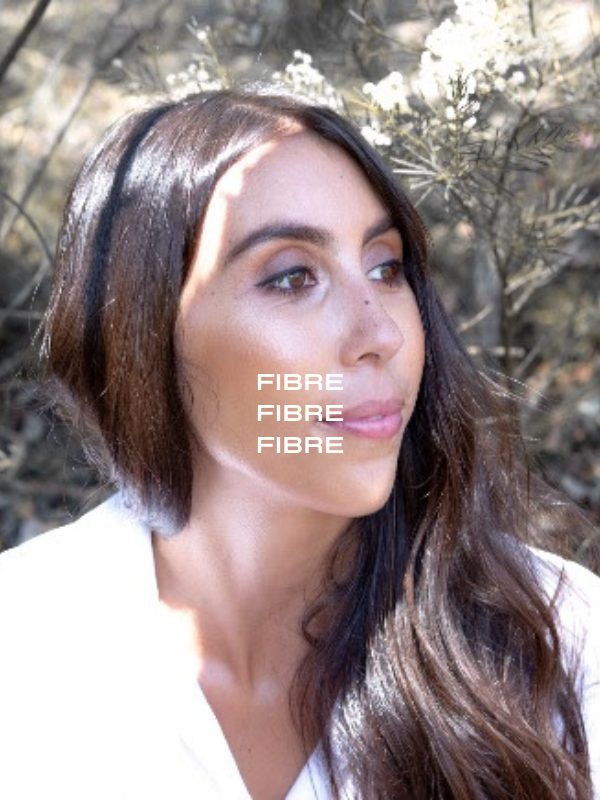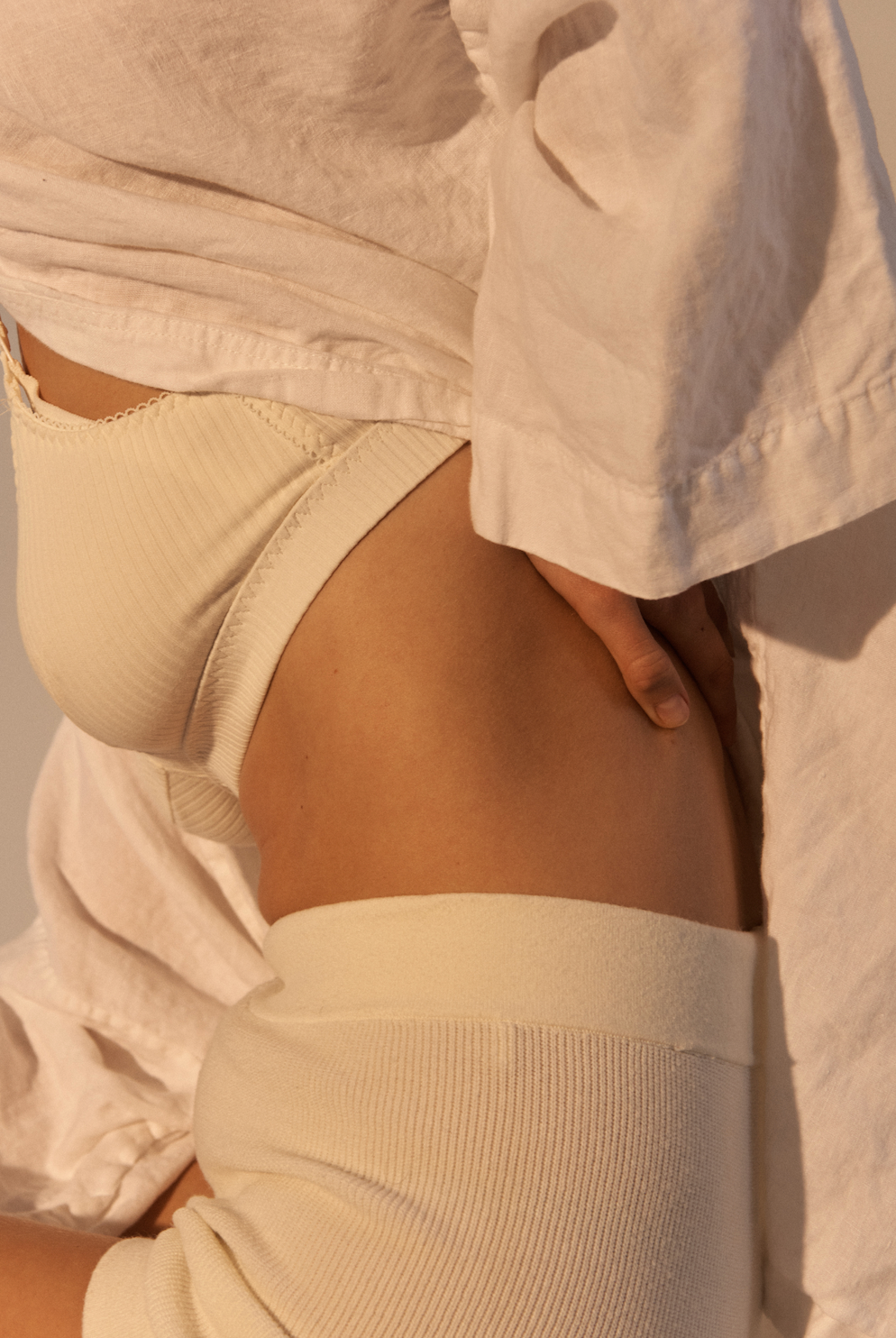Nourish Your Gut and Skin With More FIBRE In Your Diet
So, what is fibre and why do we need it?
Dietary fibres are non-digestible (the enzymes in our bodies can’t break them
down) carbohydrates that come from plants- so all fruit, vegetables, grains, nuts & seeds. They can be subdivided into soluble & insoluble based on their ability to be dissolved in hot water (each has slightly different action in the body). Types of fibre include cellulose, hemicellulose, pectins, lignins, beta-glucans, resistant starch, psyllium, gums, chitin, & fructans. Most importantly, soluble fibres that are fermented in the large intestine are known as prebiotics: they feed & fuel our colonocytes & ‘good’ gut bugs thus supporting healthy gut microbiome (more Lactobacillus & Bifidobacterium, less of the bugs that drive inflammation), and generate short chain fatty acids (SCFAs).

SCFAs heal the gut lining, decrease inflammation through lowering pro-inflammatory mediators such as TNF-alpha, interleukin-12 and cytokines as well as reducing reactive oxygen species which cause free radical damage to our cells (including skin cells!). They can change the gut pH to favour ‘good’ bugs, decrease cholesterol synthesis, enhance immune function, improve colonic blood flow & inhibit tumour formation, and cross the blood-brain barrier for positive effects on the brain and neurotransmitter levels.
How Much Should You Eat?
At least 25g, and up to 40g per day for women! Admittedly, these goals can be tricky to achieve, however we need only look to Indigenous
Australians for some inspiration: it is estimated that they consumed 80-130g+ of fibre per day. That’s why a dietary focus should always be: eat as many plants as possible! However, give your digestion time to adjust and increase your fibre intake slowly. A rough goal is: 2 serves of fruit 5 serves of veggies per day.
-
1 cup of unpeeled carrots = 6.9g
-
1 cup of wholemeal pasta = 5.9g
-
1 tablespoon of psyllium husk = 2.2g
-
1 cup of boiled pinto beans = 14.7g
-
1 cup of brown rice 3.5g
-
1 cup of raspberries 8.4g
-
1 cup of blueberries = 4g
-
1 medium pear with the skin = 4g
-
1 tablespoon chia seeds = 6g
-
25 almonds = 3g
-
1/2 a cup of rolled oats = 4.5g
-
10 whole prunes = 10g
Some of the top prebiotic foods to incorporate into your diet: asparagus, cauliflower, onion, garlic, leek, artichoke, dandelion root, banana, oats, apples, cabbage, beans, chickpeas, lentils.
Polyphenol-rich foods are well-tolerated prebiotic foods with extra anti-inflammatory & antioxidant properties: Green tea/matcha, Pomegranate (including small amount of juice), Raspberries, Blueberries, Cherries, Purple cabbage, Purple carrots, Beetroot, dark leafy green veg (kale, spinach, chard, rocket, watercress), Herbs (parsley, rosemary, thyme, coriander), and spices (turmeric, ginger, cumin).

How Can I Squeeze More Fibre In?
-
Fibre-load your protein smoothie: frozen zucchini, cauliflower, and spinach works well, just add nut mylk, protein powder, some ABC or almond butter, and some frozen fruit. You can also add chia seeds, slippery elm or psyllium husk for extra fibre & bowel support.
-
Make a frittata at the end of the week with all the remaining veggies in your veggie crisper. Have a brekky omelette and chuck as many veggies into it as possible (capsicum, mushrooms, spinach, red onion).
-
If you struggle to eat green veggies each day, get a great greens powder like Nuzest Good Green Vitality and add it water/smoothies.
-
Each time you go to the grocery store, add one NEW vegetable you don't normally eat, for example, maybe try a yellow capsicum, or some red cabbage for your salads.
-
When you make a salad, use HEAPS of veggies and finely chop everything with a nice olive oil/ACV dressing- the more finely chopped, the more veggies you can sneak in. I typically use as a base a blend of roquette and spinach, and then add cucumber, red onion, tomato, etc.
-
One day a week swap out your usual lunch or dinner protein (such as chicken) for a plant-based protein to get more plants in, such as a 4 bean mix, with some high-quality tofu.
Words: Phoebe Auckland, naturopath.









